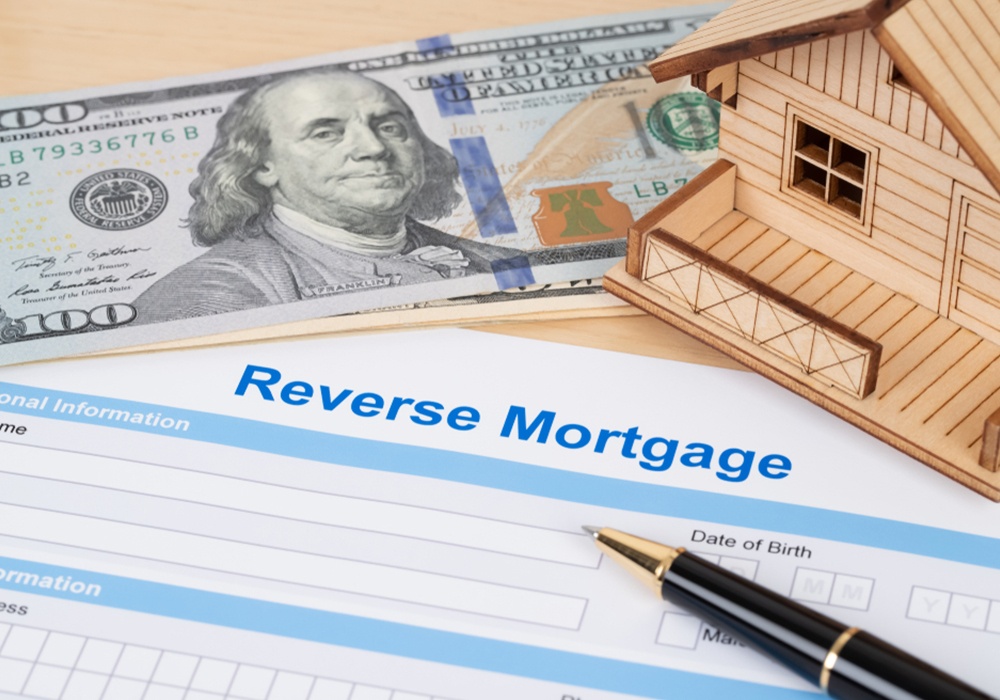Your Guide To A Reverse Mortgage

A reverse mortgage is a type of mortgage that lets people borrow against a part of their home’s equity. Unlike with a traditional mortgage, the lender will make payments to you in exchange for equity in your home. For many people, a reverse mortgage is a good way to increase financial well-being in retirement, positively affecting their quality of life. As experts in the field, we at Boychuk Mortgage Group have written down information that will help you understand how you can benefit from a reverse mortgage.
The main advantage of reverse mortgages is that you can eliminate your traditional mortgage payments and/or access your home equity while still owning and living in your home. Given the right set of circumstances, a reverse mortgage can be an ideal way to increase your spending power and financial security in retirement.
1. Features of a reverse mortgage
With a reverse mortgage, seniors have a valuable tool available to them that can be utilized as a part of their strategy in financial planning for retirement. You can receive tax-free recurring payments, a big one-time payment, or a combination of both. You do not need to pay back this money until you move, sell, or die. With the money, you can have an income source in retirement, pay off debt, make home renovations, support your family, or pay for in-home care. Since the point of a reverse mortgage is to make use of the equity in your home, any other unpaid mortgages tied to your home must be paid off beforehand.
2. Reverse mortgage eligibility
You may be eligible to borrow up to 55% of your home equity through a reverse mortgage if you are a Canadian homeowner aged fifty years or older. Your home should be your primary residence (you live there for six months minimum each year). You can also get a reverse mortgage if your home is detached, semi-detached, condo, or a townhouse. Lastly, all property titleholders must apply as joint borrowers with you. Additionally, you can use a reverse mortgage calculator to see how much you can borrow.
3. Advantages of a reverse mortgage
A. You remain the owner of your home
You continue to maintain ownership of your home as long as you comply with the terms of the mortgage and pay your property taxes and homeowner’s insurance.
B. There are no monthly mortgage payments required from you
You do not have to make any payments until you move or sell. It is repaid when you sell your home, move to another primary residence, or when you leave your home.
C. Gain access to tax-free cash
This allows you to unlock your home equity without selling your home, and the cash that you receive is not taxed as income. Rather it is not taxed at all.
4. Disadvantages of a reverse mortgage
A. Higher interest rates than regular mortgages
This increases the cost of borrowing.
B. Requires a home with a high equity value
You need a home value of at least $150,000 for a CHIP reverse mortgage and $250,000 for an Equitable Bank reverse mortgage.
C. Interest accrued will reduce your home equity
In exchange for requiring no interest payments during the life of the mortgage, your home equity will be reduced instead.
D. Additional fees
If you pay off the reverse mortgage early, you will have to pay a prepayment penalty.
5. Steps to getting a reverse mortgage
A. Initial online application
You will need to fill in an online application. You may need to answer basic questions about your personal information and finances within the application. After completion, you will get an immediate estimate of how much you can borrow.
B. Consultation
After you submit the application, the lender will reach out to answer any questions and learn more about your financial situation. Unlike the typical mortgage documents required in Canada, you do not need proof of income or down payment. However, if there are other loans, you will be advised to pay them off with the money you receive from the reverse mortgage.
C. Finalizing
The lender will finalize the terms of the reverse mortgage with you. There are multiple options for receiving your payments. You can choose between or combine the various options. The lender will also conduct a property appraisal to ensure your property is functioning correctly. If there are any issues, they will deduct money from your initial lump sum to fix them.
D. Repayment
As mentioned above, no payments are required until the last registered homeowner leaves the house. However, you can make prepayments which are subject to penalties if you choose.
6. Should you get a reverse mortgage?
Reverse mortgages have gained a less-than-perfect reputation thanks to some scams that target unsuspecting seniors. Even legitimate companies have used dishonest marketing to get homeowners to take out reverse mortgages. It is wise to follow the simple rule of being very, very cautious about putting your home at risk. The benefits of a reverse mortgage outweigh the cons, and you just need to work with a professional who has your best interest in mind.
If you are looking for a professional to help you get a reverse mortgage, reach out to us at Boychuk Mortgage Group. We are a dedicated and accredited mortgage brokerage in Burnaby, British Columbia. Given our expertise in the industry, we inform you about the various types of home purchase and improvement mortgages so that you can make a wise decision based on your unique situation.
To learn more about the services we offer, please click here. To get in touch with us, please click here.